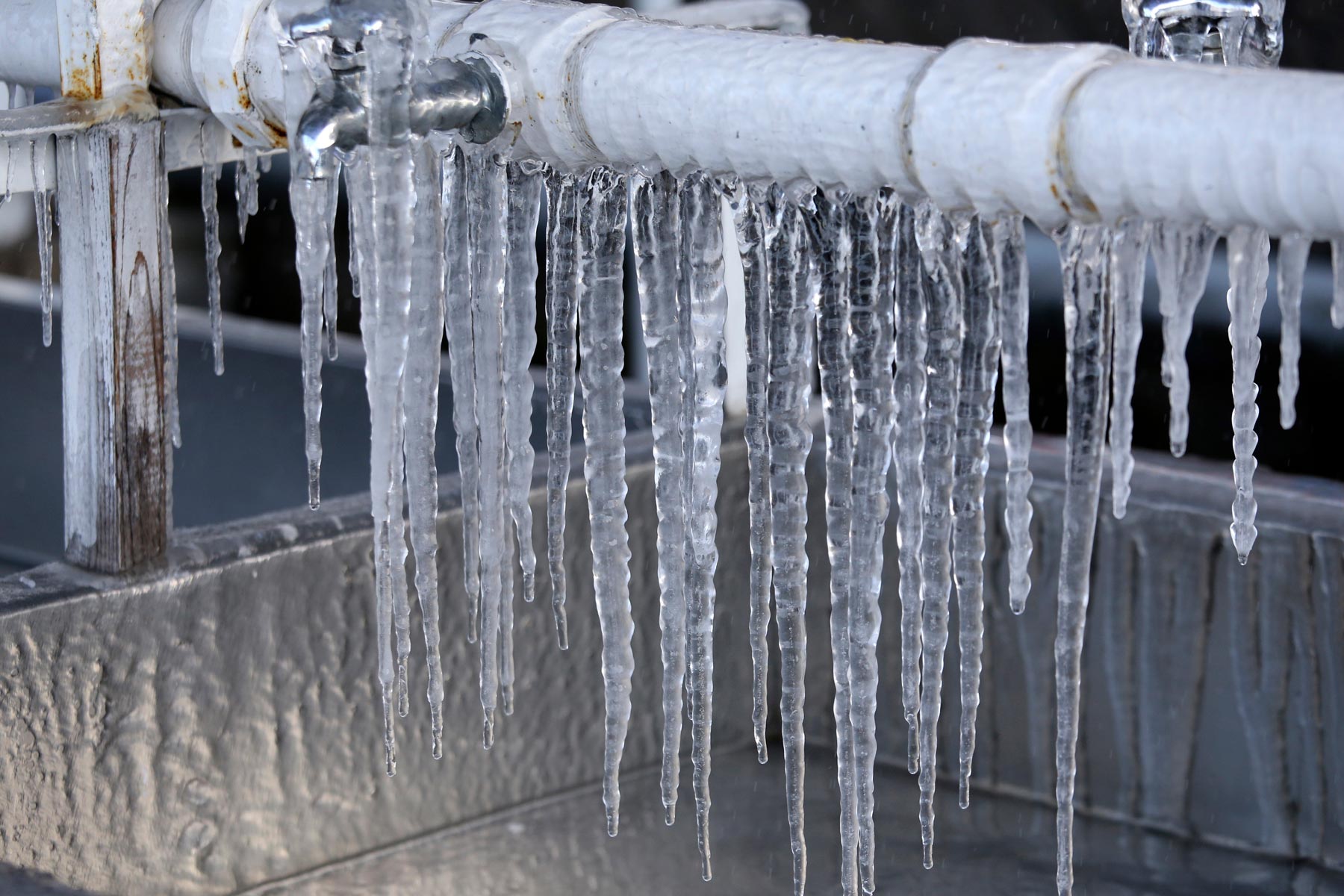Preventing Frozen Pipes in Cold Weather: Pro Tips
Preventing Frozen Pipes in Cold Weather: Pro Tips
Blog Article
In this article on the next paragraphs you can discover additional sound information and facts in relation to Prevent Frozen Pipes .
:strip_icc()/snow-outdoor-faucet-pipes-4af65d1e5e904fb1aa7bf74071fe5d89.jpg)
Cold weather can damage your plumbing, especially by freezing pipelines. Here's how to avoid it from taking place and what to do if it does.
Intro
As temperatures decrease, the danger of frozen pipelines rises, potentially leading to pricey fixings and water damage. Recognizing how to avoid frozen pipelines is critical for house owners in chilly climates.
Understanding Icy Pipelines
What creates pipes to freeze?
Pipes ice up when subjected to temperatures listed below 32 ° F (0 ° C) for expanded periods. As water inside the pipes ices up, it broadens, putting pressure on the pipeline walls and potentially creating them to rupture.
Dangers and damages
Icy pipes can lead to water interruptions, residential or commercial property damages, and costly fixings. Ruptured pipes can flooding homes and cause substantial architectural damage.
Indications of Frozen Pipes
Recognizing frozen pipes early can stop them from rupturing.
Exactly how to determine icy pipelines
Try to find reduced water flow from faucets, unusual odors or noises from pipelines, and visible frost on exposed pipelines.
Avoidance Tips
Shielding susceptible pipes
Cover pipelines in insulation sleeves or use warmth tape to safeguard them from freezing temperatures. Focus on pipelines in unheated or outside areas of the home.
Home heating strategies
Keep indoor rooms properly warmed, particularly areas with plumbing. Open up cupboard doors to allow warm air to circulate around pipes under sinks.
Securing Outdoor Pipes
Yard pipes and outdoor taps
Detach and drain yard pipes before winter. Mount frost-proof spigots or cover outdoor taps with insulated caps.
What to Do If Your Pipelines Freeze
Immediate actions to take
If you presume frozen pipelines, maintain faucets open up to alleviate stress as the ice melts. Utilize a hairdryer or towels taken in hot water to thaw pipes gradually.
Long-Term Solutions
Structural modifications
Take into consideration rerouting pipes away from exterior walls or unheated locations. Include added insulation to attics, basements, and crawl spaces.
Upgrading insulation
Purchase high-quality insulation for pipes, attic rooms, and wall surfaces. Correct insulation aids maintain consistent temperatures and decreases the danger of frozen pipes.
Conclusion
Protecting against icy pipelines calls for aggressive actions and fast actions. By comprehending the causes, signs, and preventive measures, homeowners can safeguard their plumbing throughout winter.
6 Proven Ways to Prevent Frozen Pipes and Protect Your Home
Disconnect and Drain Garden Hoses
Before winter arrives, start by disconnecting your garden hoses and draining any remaining water. Close the shut-off valves that supply outdoor hose bibs and leave the outdoor faucet open to allow any residual water to drain. For extra protection, consider using faucet covers throughout the colder months. It’s also important to drain water from any sprinkler supply lines following the manufacturer’s directions.
Insulate Exposed Pipes
Insulating your pipes is an effective way to prevent freezing. Pipe insulation is readily available at home improvement stores and is relatively inexpensive. Pay close attention to pipes in unheated areas such as the attic, basement, crawl spaces, or garage. Apply foam insulation generously to create a buffer against the cold. You can also wrap your pipes in heat tape or thermostat-controlled heat cables for added warmth.
Seal Air Leaks
Inspect your home for any cracks or openings that could let in cold air. Seal any holes around the piping in interior or exterior walls, as well as the sill plates where your home rests on its foundation. Additionally, make sure to keep your garage door closed unless you’re entering or exiting. Leaving it open creates a significant air leak that can lead to frozen pipes.
Allow Warm Air Circulation
During cold snaps, it’s essential to allow warm air to circulate evenly throughout your home. Leave interior doors ajar to promote better airflow. Open kitchen and bathroom cabinets to help distribute heat consistently around the rooms. If you have small children or pets, be sure to remove any household chemicals or potentially harmful cleaners from open cabinets for safety.
Let Faucets Drip
A small trickle of water can make a big difference in preventing ice formation inside your pipes. When temperatures drop significantly, start a drip of water from all faucets served by exposed pipes. This continuous flow helps prevent the water from freezing. Additionally, running a few faucets slightly can relieve pressure inside the pipes, reducing the chances of a rupture if the water inside does freeze.
https://choateshvac.com/6-proven-ways-to-prevent-frozen-pipes-and-protect-your-home/

As an avid person who reads about Helpful Tips to Prevent Frozen Pipes this Winter, I assumed sharing that piece of content was a smart idea. You should take the opportunity to share this blog posting if you enjoyed it. I truly appreciate your readership.
Show Details Report this page